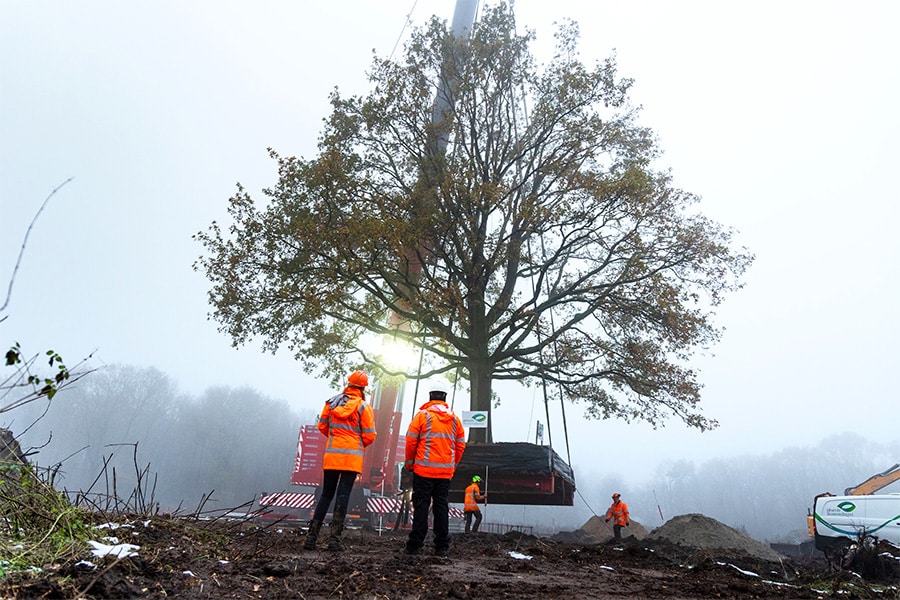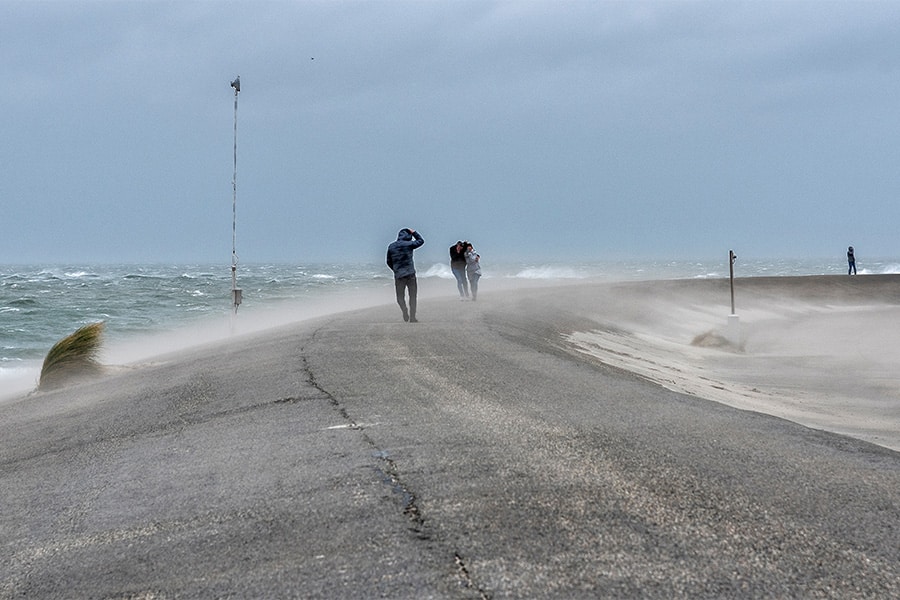
Demand for seismic probing increases
Seismic probing, surely that only happens in areas that are regularly shaken by an earthquake? Yet this technique is increasingly being used in the Netherlands as well, and that has nothing to do with Groningen. Gerald Verbeek of Royal Eijkelkamp explains the added value of seismic probing in a country like the Netherlands.

Seismic probing is a technique that is indeed widely used in countries such as Chile and New Zealand, Verbeek begins. "Here, earthquake resistance must be taken into account in the design of buildings and objects, given the likelihood of this type of natural phenomenon. This is not originally the case in the Netherlands, yet more and more use is being made of seismic probing. Indeed, there are many more causes that generate dynamic forces in the subsurface, such as a train speeding up or getting longer (more weight). To find out what effect this has on the subsurface, but also to better estimate the horizontal displacement of a foundation, seismic probing is a useful testing method."

17th century
Seismic probing involves creating a seismic wave at the surface. "You press a plate into the ground at ground level, so to speak, which you then hit with a hammer," Verbeek explains. "Behind the cone is the seismic module, nothing more than a sensor that functions like a microphone and registers when the seismic wave arrives. With the time difference between the moment the plate is hit and the arrival of the wave combined with the distance traveled, you can determine the speed. However, the wave does not pass through the ground in a straight line, but follows the fastest path. It is a law that has been around for a long time and was formulated by Frenchman Pierre de Fermat in the 17th century as "the law of the shortest time path. And that is where it often goes wrong in test analysis, because a straight line is assumed resulting in wrong conclusions. That is also directly where the biggest problem of seismic probing lies, the misinterpretation of the test results."

Training
As a company, Royal Eijkelkamp has an enormous amount of knowledge in the field of probing, groundwater monitoring, sonic drilling, et cetera. And that worldwide. Verbeek, who has lived in America for a long time, supports (potential) Eijkelkamp customers when it comes to probing. "Knowledge that we gain in the different markets, we try to share as much as possible with our customers," he says. "In the field of seismic probing, that requires more attention and knowledge. We help to analyze data in a proper way, directly determining some other parameters, such as shear or elastic modulus. Of course, we also sell seismic modules, CPT installation and so much more, but we want to convey the theory as well. So that when our customers start applying the techniques, they also do it in the right way. That's why we also organize several training courses every year in all kinds of areas, including recently on seismic probing. We are going to repeat that training in October this year."
Seismic probing thus has many more applications than just design in areas of seismic activity. "Dynamic probing is actually a better name, because the methodology provides insight into ground behavior as a result of dynamic forces," says Verbeek. "And this is taking on ever greater proportions in the Netherlands, not only in terms of railroad lines, but also in the installation of wind turbines, for example. The Dutch market just needs to get used to it, and we are happy to help with that."



